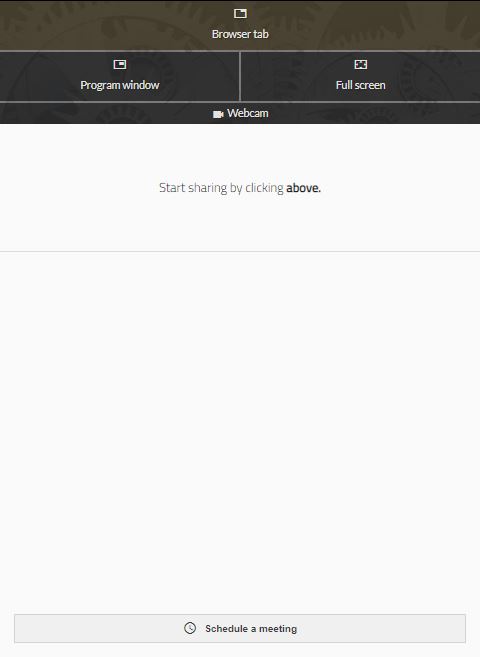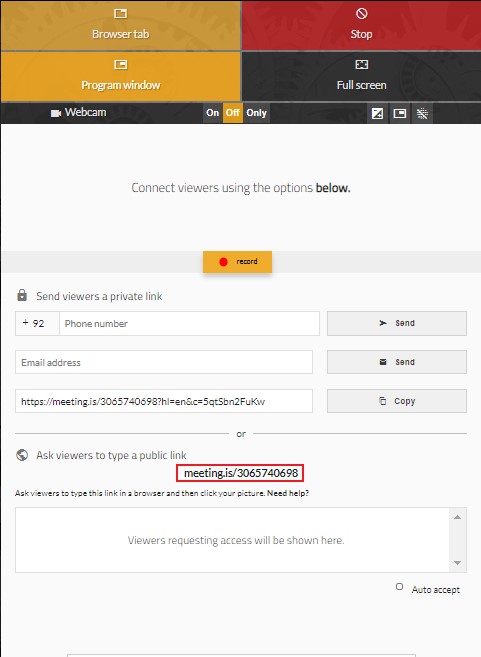How to Screenshare your Desktop in WhatsApp Call
With the growing trend of remote work and virtual communication, having the ability to screen share your desktop during a call can be a valuable feature. Whether you’re working with a team, giving a presentation, or simply showing someone something on your screen, screen-sharing can save time and increase productivity.
WhatsApp, the popular instant messaging app, however, does not provide users with a built-in screenshare feature for now. Although in this article, we will guide you through an alternative process of screen sharing your desktop in a WhatsApp call, so you can get the most out of this useful feature.
Device requirements for screen sharing on WhatsApp Call
The ability to screen share during a WhatsApp call is currently available only on desktop devices running Windows, Linux, and Mac operating systems. Therefore, this method cannot be used on any mobile devices or other operating systems.
Steps for screensharing on WhatsApp
CrankWheel is a software that acts as a browser-based virtual camera and can be used to screenshare your desktop in a WhatsApp call. Whether you are looking to connect with your clients, or boss or to get a computer-based issue resolved, CrankWheel enables you to do so through a virtual representation by sharing your desktop screen.
To use CrankWheel for WhatsApp screen sharing:
- Go to the CrankWheel website and download the browser extension for Google Chrome. Once the extension is installed, click on the CrankWheel icon in the browser to launch the software.

CrankWheel UI - Once you are done with the login setup, click on either of the three options available for the screen type you want to share. This will now initiate the process of screen sharing.
- You will be provided with a meeting URL that you can share with the person you want to call on WhatsApp.
- Open the WhatsApp desktop version and go to the chat of the person you want to call. Then simply copy the URL and paste it into the caller’s chat to provide them with your screen’s access.

Share the URL to WhatsApp - Click on the Call icon in the WhatsApp chat and wait for the call to connect.
- Once the call is connected, go to the audio and video settings in WhatsApp and select CrankWheel as the camera source. Do note that the camera source cannot be changed unless you are on a video call with someone.
- Your desktop will now be fed through CrankWheel and will be visible to the person on the other end of the call. You can now show them anything on your screen, and they will see all that is available on your desktop screen in real-time.
- To stop screensharing your desktop on the WhatsApp call , simply go back to the CrankWheel window and press the Stop button on the top right of the window.
The best part is that you have most of the control and can pause your screen sharing anytime you like. You can also limit the number of viewers to your screen sharing. Lastly, the whole process of this screen share can be recorded and replayed using the in-built recording feature.
Note: This process cannot be completed on WhatsApp Web, as it does not allow you to make calls.
Common issues faced while screen sharing
While screen sharing can be a valuable tool for remote collaboration and communication, there are a few common issues that users may face.
Here are some of the most common problems and their solutions:
Low-quality video feed: If the video feed during a screen-sharing call is of low quality, it may be due to a weak internet connection. Ensure that both parties have a strong and stable internet connection for the best experience.
Audio issues: If there are audio problems during the call, check that the correct audio source is selected in the settings and that the speakers or headphones are working correctly.
Selecting the virtual camera as the source: If you are unable to select the virtual camera as the source, it may be because the software is not compatible with your device or operating system. Ensure that your device is compatible and that the software is installed correctly.
The process of screen sharing your desktop in a WhatsApp call using a virtual camera is a simple and efficient way to make remote collaboration easier. By following the steps outlined in this article, you can increase productivity, showing your team or client exactly what you’re working on in real time.
 Reviewed by
Reviewed by 




